Reworking sign-up & onboarding to improve user engagement
An updated freelancer dashboard and onboarding journey for MyPocketSkill
Role
UX Design
Timeline
4 months
Platform
Web
Areas
UI, Research

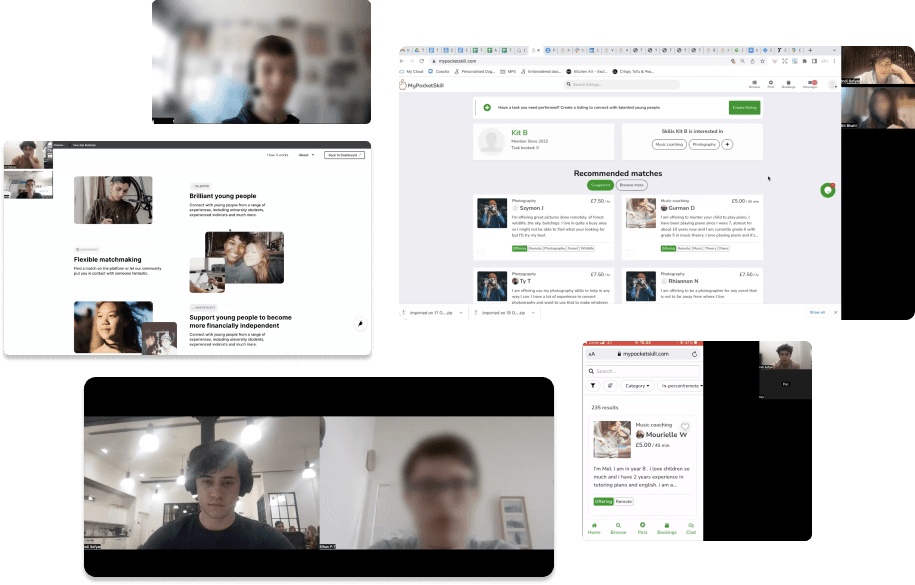
Screenshots from user interviews

Problem #1
Users didn't complete key onboarding tasks
Users often finished sign-up and didn't complete the key tasks we associated with long-term usage (such as completing an onboarding call, applying for tasks, etc.). The existing dashboard didn't give them any signal on what to do next.
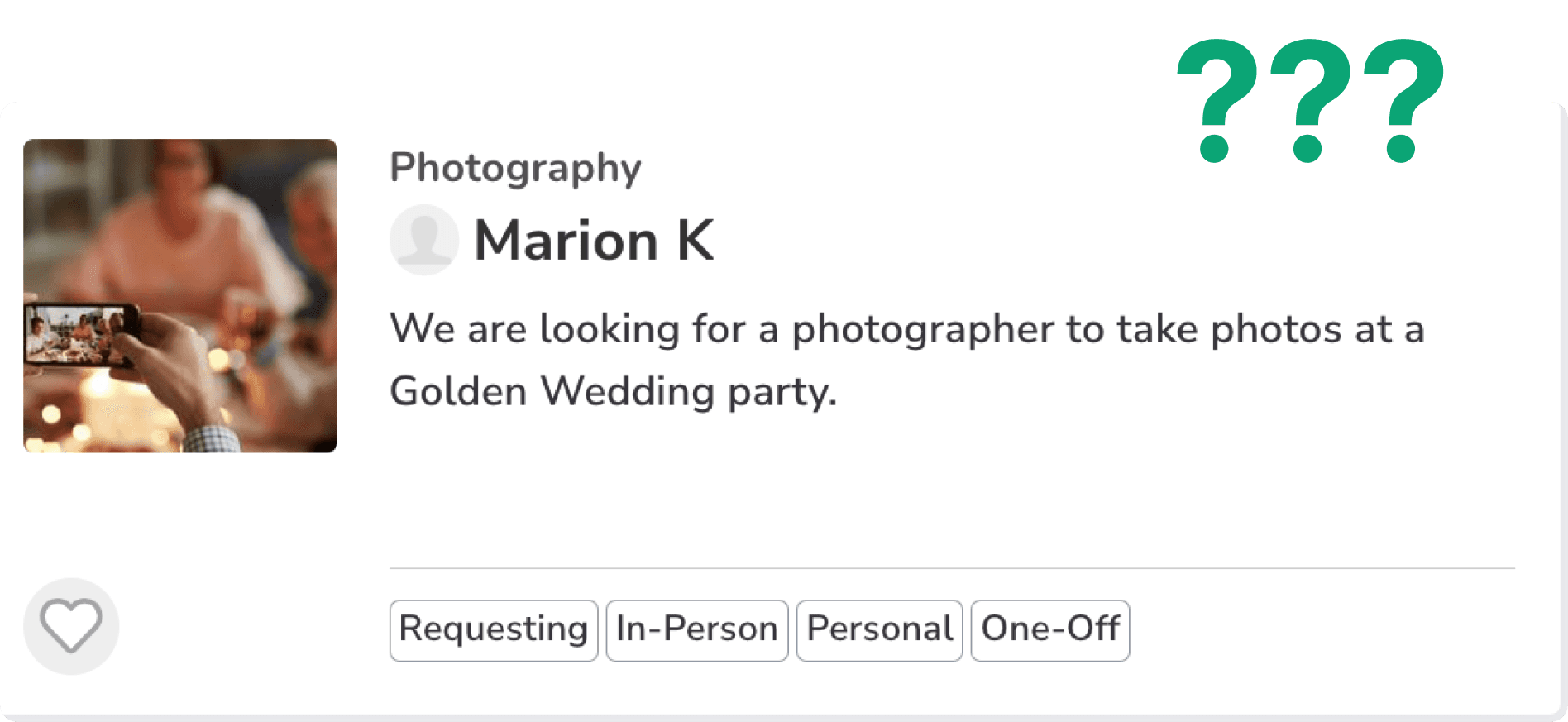
Problem #2
Existing tasks which appeared on the dashboard weren't always relevant
When users first signed up, we asked them what task types they were interested in completing. However, this broke down long term as long-term users often had behaviour that differed from what they initially said during sign-up.
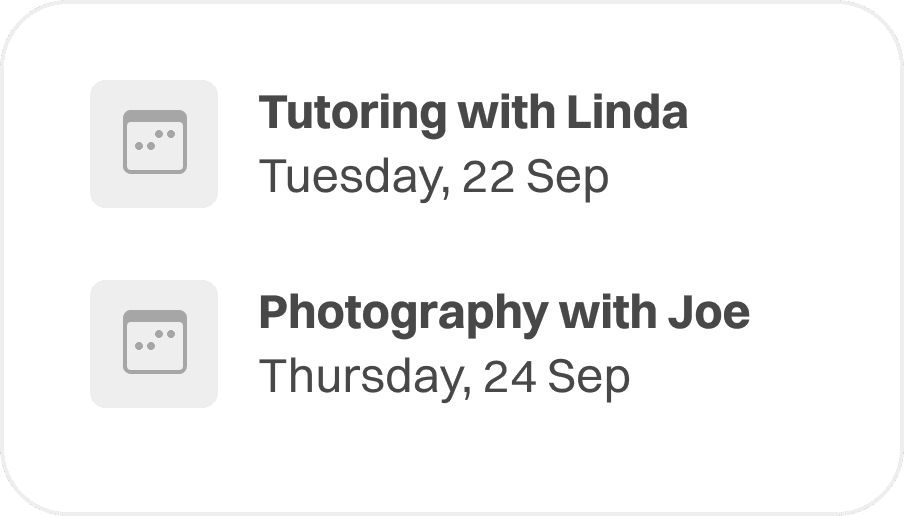
Problem #3
Users wanted an easy way to track their upcoming bookings
We had an issue where users found it difficult to track their existing bookings. This often resulted in people not showing up on time or at all.
Redesign Goal
How might we increase long-term retention and activation of our supply-side users?
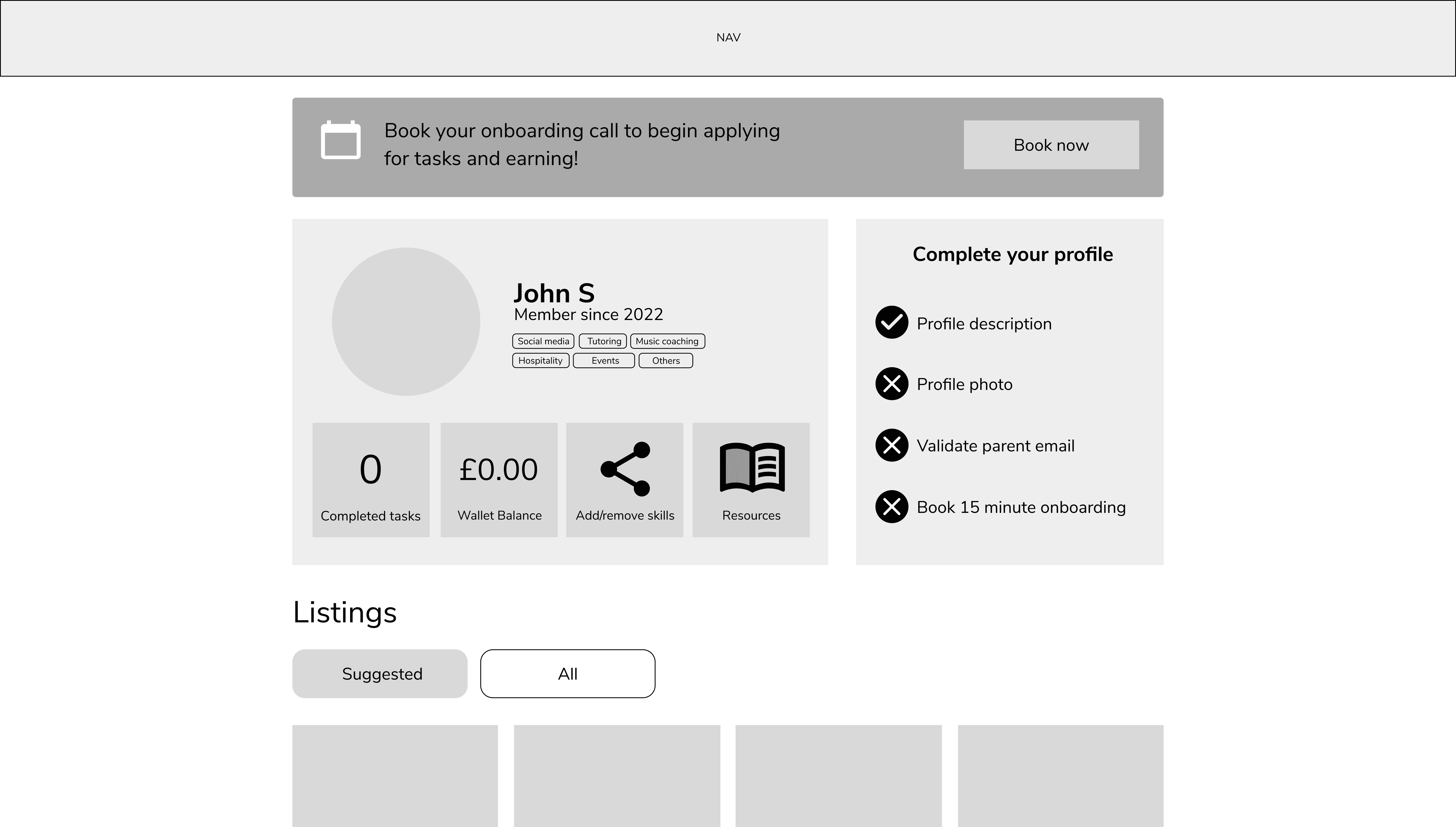
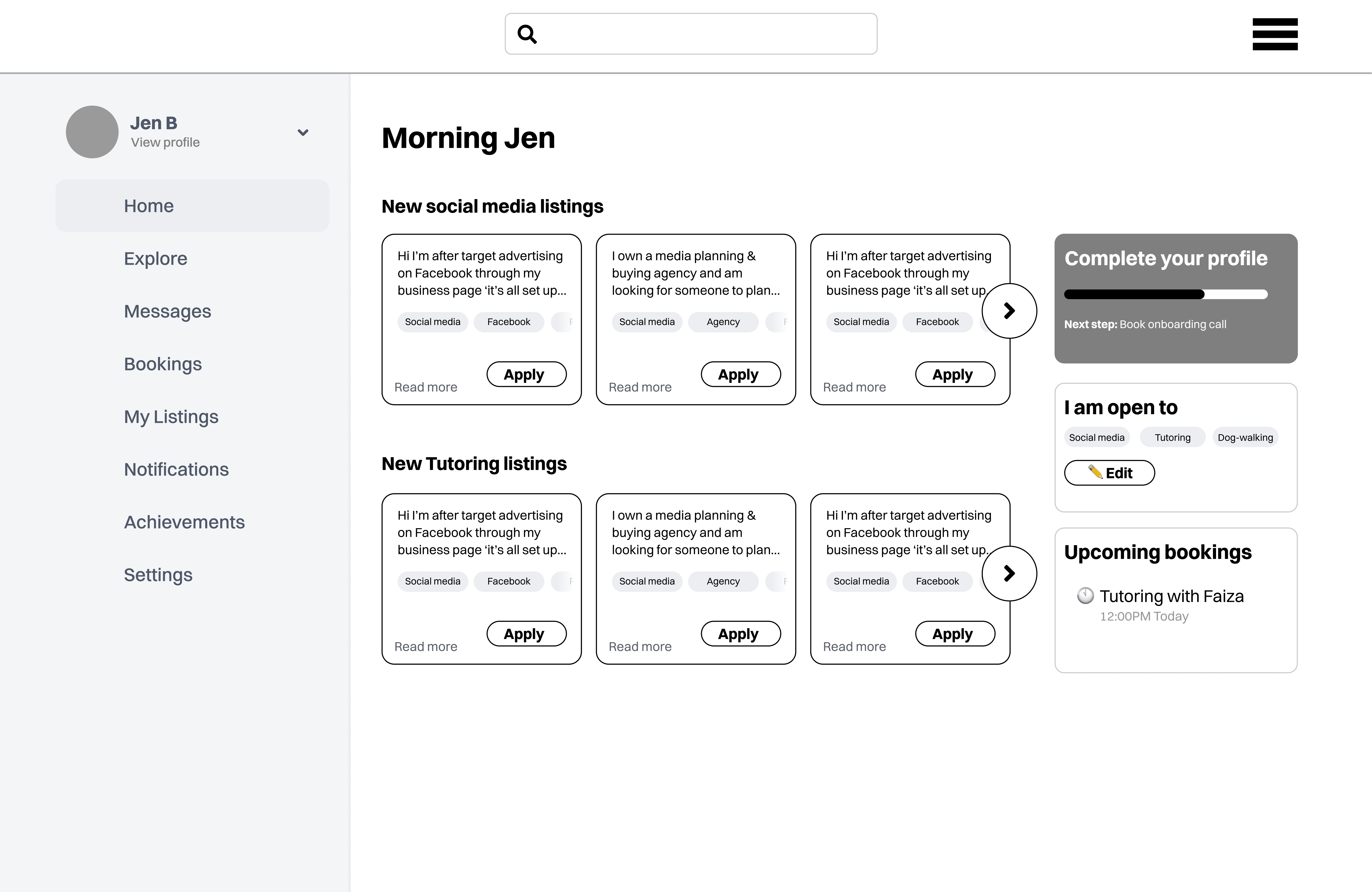
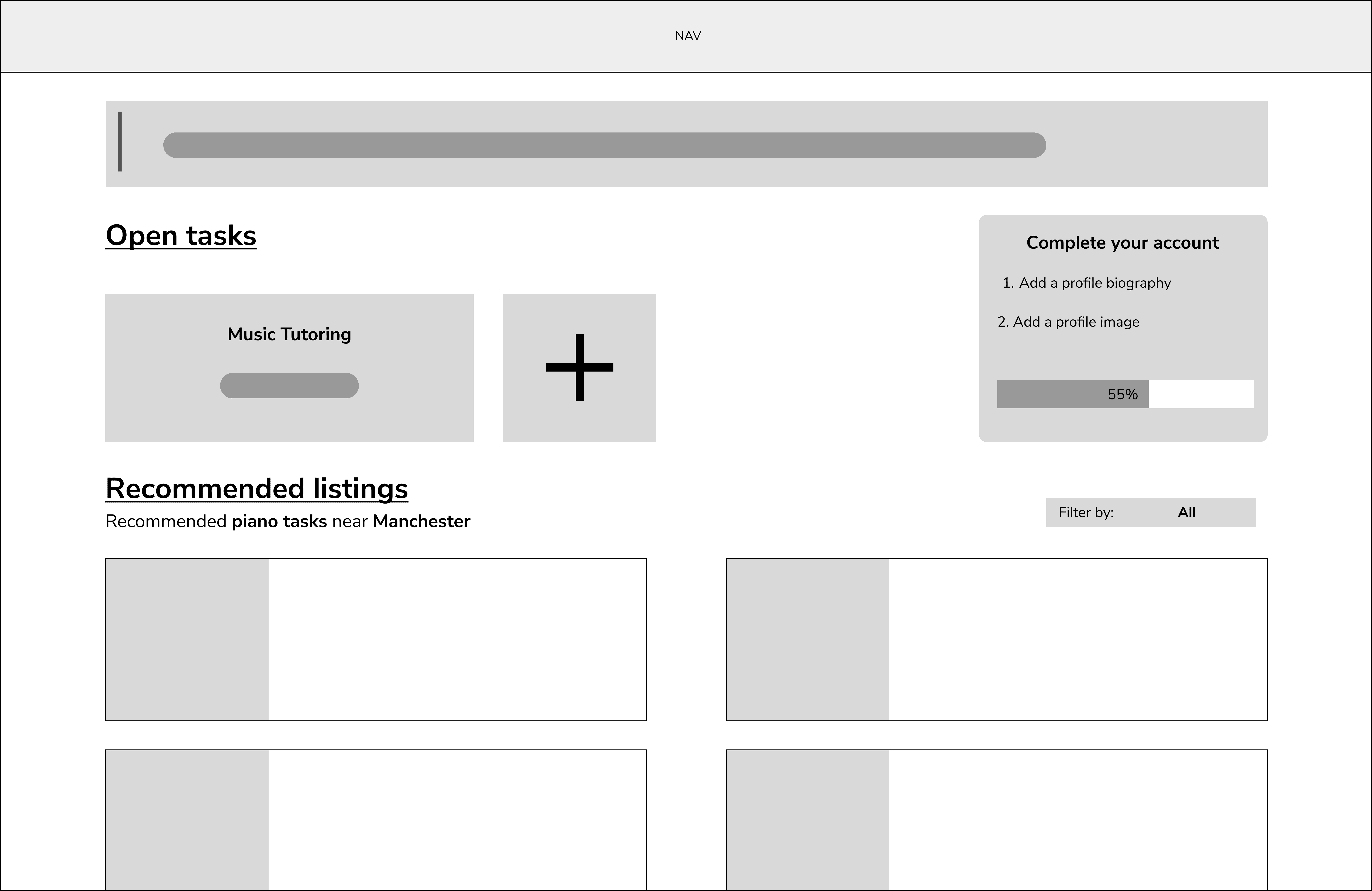

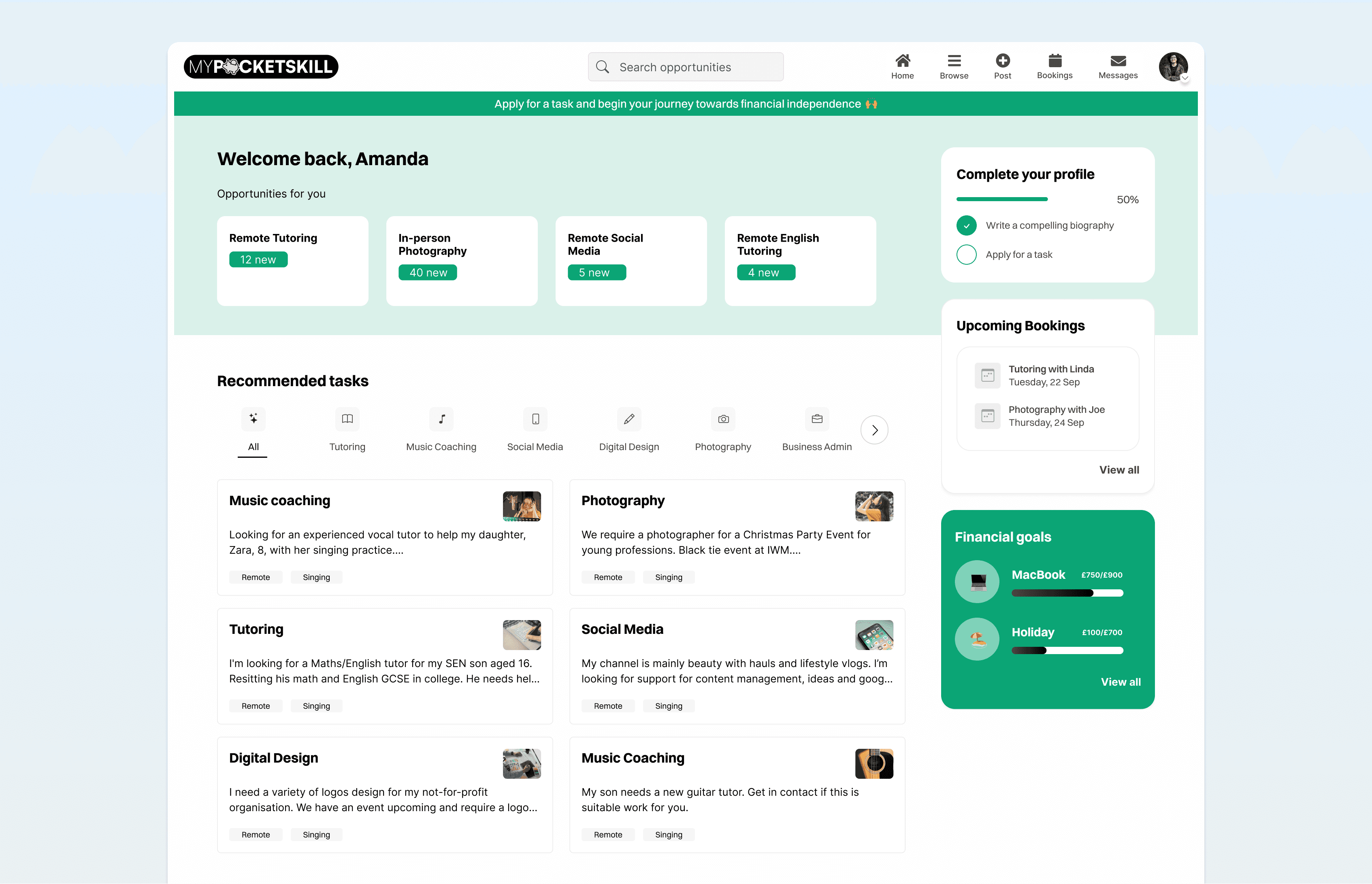
+23%
user activation*
+12%
time spent on platform
+13%
applications by freelancers
*user activation defined as completion of key tasks such as attending onboarding call, applying for jobs and others




